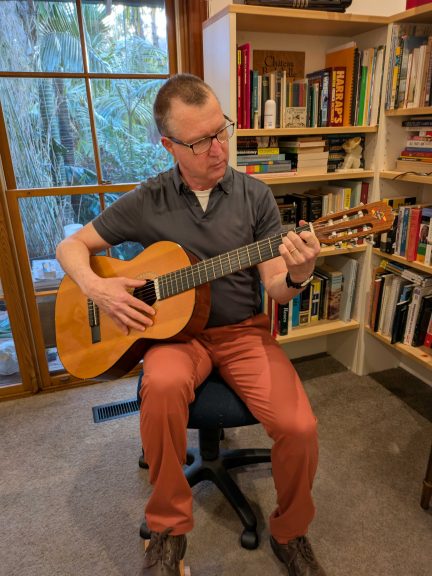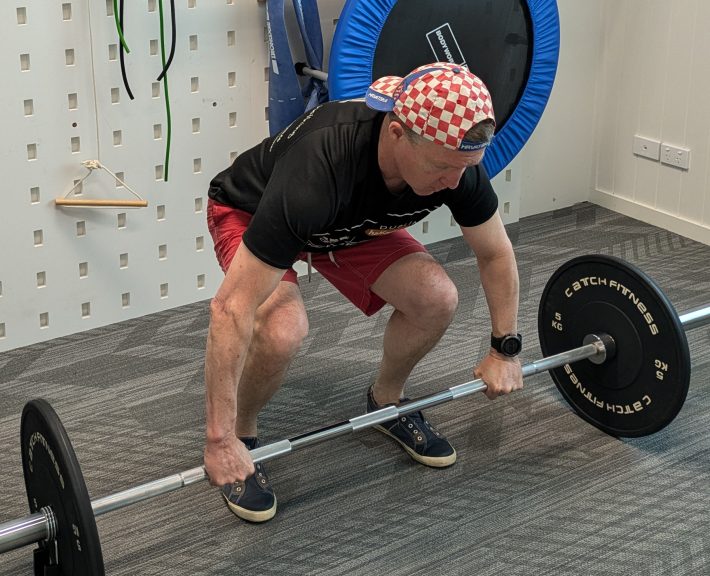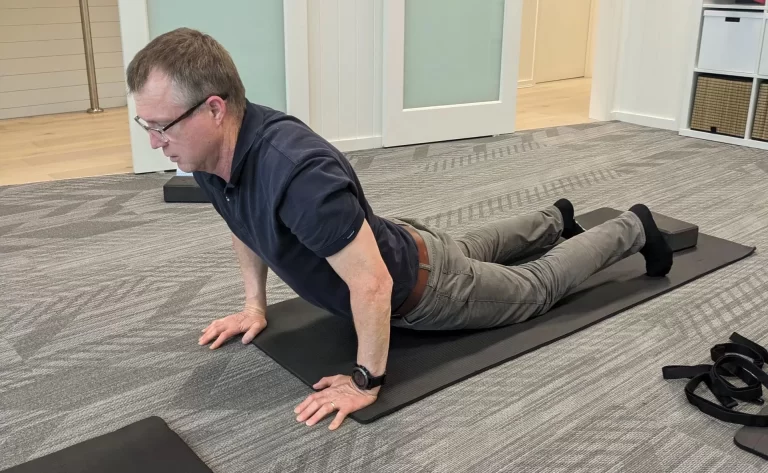Whether someone is an elite musician or a student embarking on a new instrument, muscle, joint and tendon injuries are highly prevalent within their career. With thousands of hours spent in repertoire practice, technique exercises and perfecting what is required to produce "beautiful music", it is no wonder that musicians do injure themselves, and often. Performance stress and anxiety can also be a major factor.
Anecdotally, here in Australia, we find it surprising that so little time is spent in music education teaching students about the need to stay healthy and to recognise where performance can hurt musicians. Music performance and musculoskeletal health are not mutually exclusive. The key is learning preventative strategies and installing good healthy habits in our performing artists.
Music, more than bows and strings, percussion and brass!
The shoulder blade (or scapula) is key in upper limb and neck biomechanics. This includes the elbow, as in the video. This scapula is a moving platform for the ball and socket shoulder joint. It sits on the back of the upper torso enabling us to shrug and reach. Poor scapula position awareness (a wobbly or uncoordinated shoulder girdle- if you like!) can affect the neck, the shoulder and arm muscles, joints and nerves (1).
A new study of musicians by Silva(2) examined the coordination of shoulder blade position and neck control. Musicians carrying an injury performed poorly in muscle memory tests with uncoordinated neck control. This makes sense, as with any injury, our body directs a change in muscle memory patterns to essentially maintain the same movement.(3) For music production, however there is no margin for error. The prevention and fix for these problems lies with the development of habits which include:
- Warm up, stretching and cool down.
- Paced practice. Frequently we see high loads in short periods
- Technique exercises and help with a music teacher.
- Advice on instrument set up and fit.
Physiotherapy will not just assist in screening for problems, but unpick the control and movement issues that make musicians needlessly suffer.
Bravo to all you maestros out there, making music and enriching all our lives!
1. Cools, A., Struyf, F., De Mey, K., Maenhout, A., Castelein, B., & Cagnie, B. (2014). Rehabilitation of scapular dyskinesis: from the office worker to the elite overhead athlete.
2. Silva, F., Brismée, J., Sizer, P., Hooper, T., Robinson, G., & Diamond, A. (2018). Musicians injuries: Upper quarter motor control deficits in musicians with prolonged symptoms - A case-control study. Musculoskeletal Science And Practice, 36, 54-60. doi: 10.1016/j.msksp.2018.04.006
3. Hodges, P., & Tucker, K. (2011). Moving differently in pain: A new theory to explain the adaptation to pain. Pain, 152(Supplement), S90-S98. doi: 10.1016/j.pain.2010.10.020
3. Hodges, P., & Tucker, K. (2011). Moving differently in pain: A new theory to explain the adaptation to pain. Pain, 152(Supplement), S90-S98. doi: 10.1016/j.pain.2010.10.020













